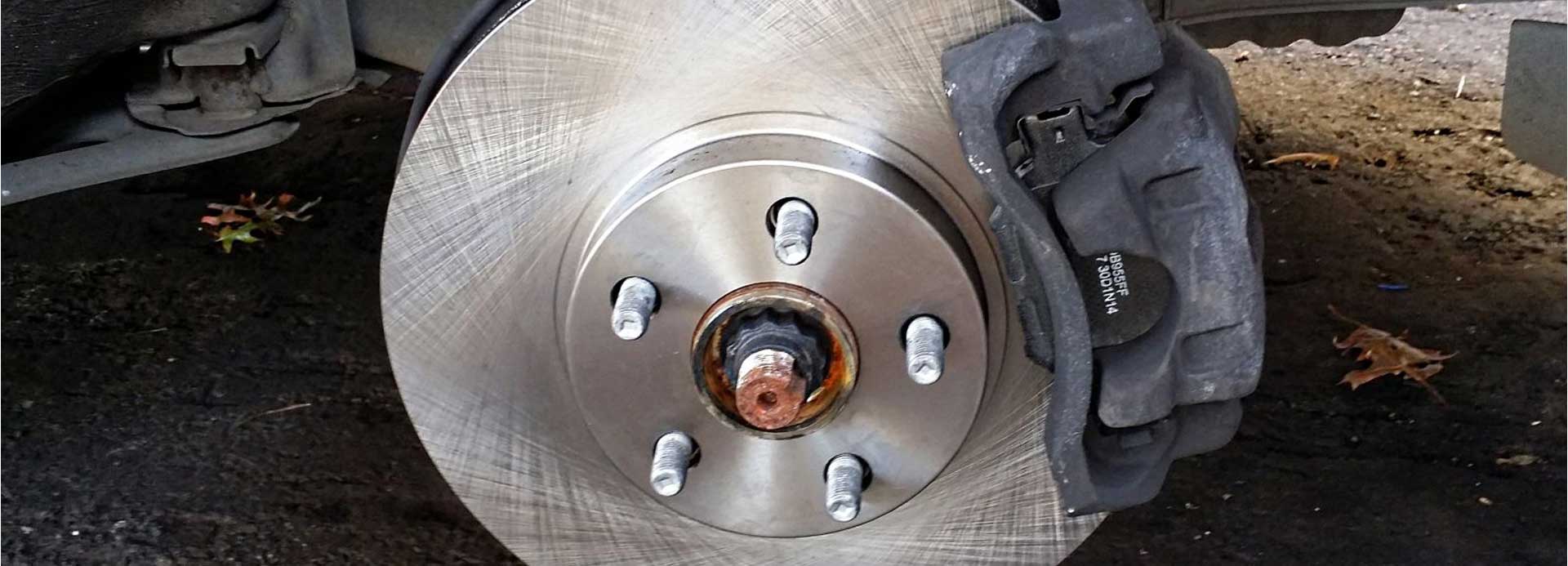Game drive and adventure are tasteful and most memorable experiences ever.It taught that there is no substitute for proper research, planning and preparation before a trip. Despite better communications and much of the infrastructure measurably improved in wildlife in Tanzania, many of the lessons we learned then are still appropriate.
-
Plan your route
Plan your route carefully and then make adequate provision for contingencies. Four-wheel drive vehicles are notoriously slow, so ensure that your stops are not too far apart and that you allow sufficient time to set up camp in the evenings. Having an itinerary makes it far easier to schedule fuel stops and to know when to top up on water and provisions, but do build in some flexibility for unexpected stops or detours, both of the emergency and exploratory kind.
-
Travel light
Just as important as planning your route is the decision on what you need to take along for the trip. Most people who have been on a 4×4 safari will tell you that they took far too much with them.. Unless you are travelling way off the beaten track, provisions can generally be procured in most outlying areas. What you do need to consider is the little luxuries that may be harder to find the further you venture away from civilisation. It is probably wise to purchase your favourite beverages, dairy products, good meat, condiments and toiletries, before you leave the last city or big town.
-
Modify your vehicle
Experience taught that while you may go a long way in a standard 4×4, your safari will be a lot more enjoyable if your vehicle is fitted with the appropriate accessories.
First is the addition of a long-range fuel tank; safer and far more convenient than the option of carrying jerry cans on those long trips. The same goes for a fitted water tank; so much more suitable than plastic bottles and the water tastes better as well. A sturdy aluminium roof rack will provide a solid platform for your folding tents, enabling you to comfortably sleep in a more secure environment.
A high-lift jack and a shovel can be secured outside the vehicle, as can one or two brackets to hold your gas bottles. As a precaution for travel on dusty roads, we have fitted snorkels to our 4×4 vehicle. An air compressor, concealed in the engine compartment, will be invaluable when you need to inflate your tyres. Added bush/crash bars to vehicles as well as spotlights for driving, with a small rear fitted lamp for use in the camp. Installed dual battery systems in vehicle advisable.
Other items that we would recommend you to carry in a vehicle include a good quality GPS system. For our 4×4 vehicles, we have the Garmin Montana 600 GPS loaded with Tracks 4 Africa maps. Based on experience a fire-extinguisher is an absolute necessity, as is a comprehensive first-aid kit.
Finally, a good set of tools and recovery equipment is a must have. For those really challenging trips we would recommend adding a winch to the vehicle.
-
Prepare your vehicle
Before you depart on your 4×4 safari, make sure that your vehicle has been adequately prepared for the journey you have planned. Aside from the obvious, like ensuring that your vehicle has been serviced, tyre pressures checked and fuel and water tanks filled, it is also advisable to test all of the accessories to ensure that they function correctly. Turn on the fridge/freezer unit, check that the air-compressor is working, fill the gas bottle/s, lock or fasten all of the loose items outside of the vehicle. Finally, make sure that all necessary moveable accessories have been stored in the vehicle, i.e. recovery gear, toolbox, etc.
-
Know your equipment
It is a futile and highly frustrating exercise to arrive in the bush with equipment that you are unfamiliar with. For a start, make sure that you know how to rig and dismantle your tent, roof-top or otherwise. It may be a simple thing, If you’re fairly new to the game, be sure to learn how to operate a four-wheel drive vehicle, when to use high and low range and how to drive in thick sand. Other techniques to master include the use of a high-lift jack. For example, it is particularly important to stay well clear when you lower it in order to avoid being injured.




